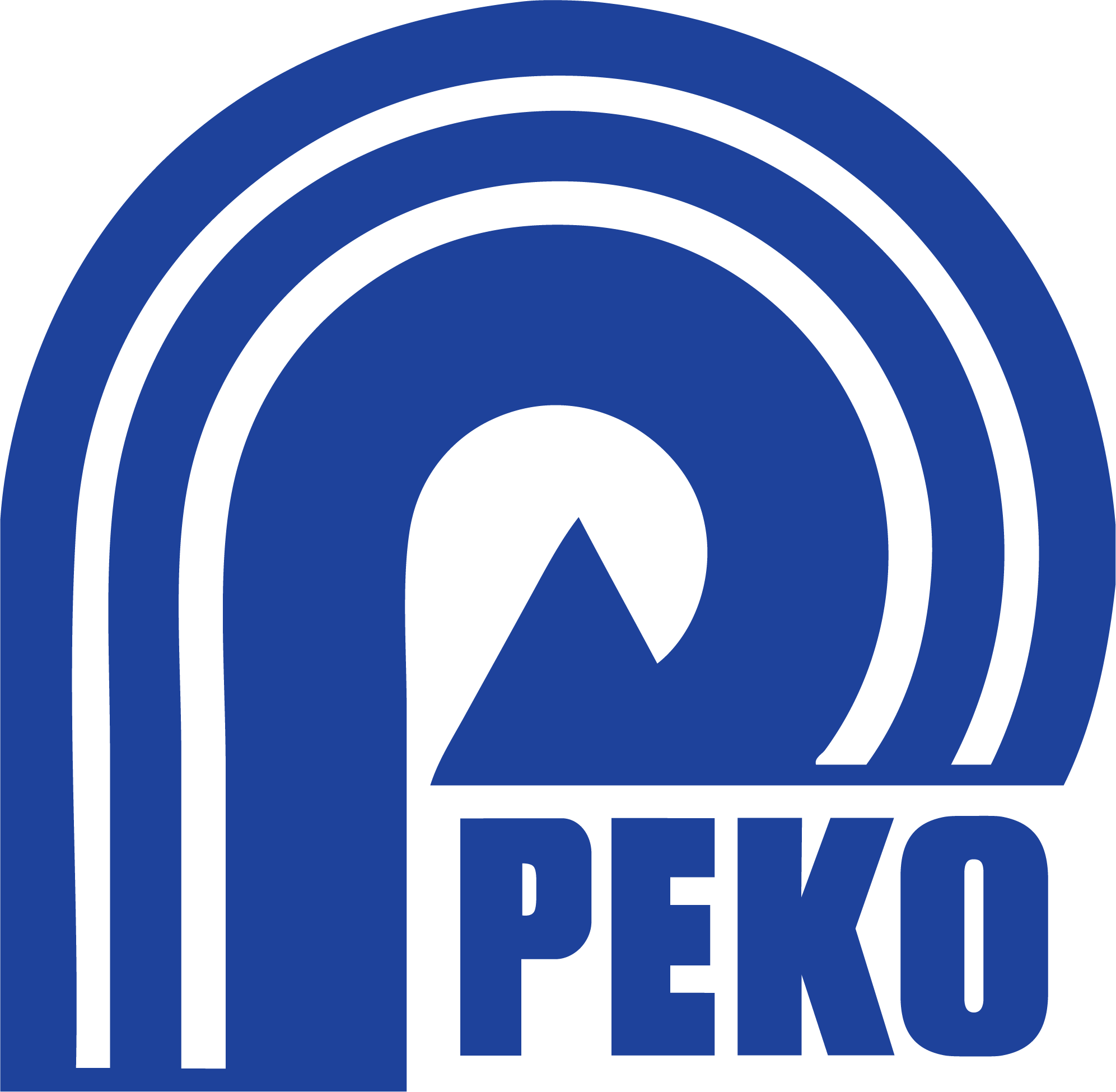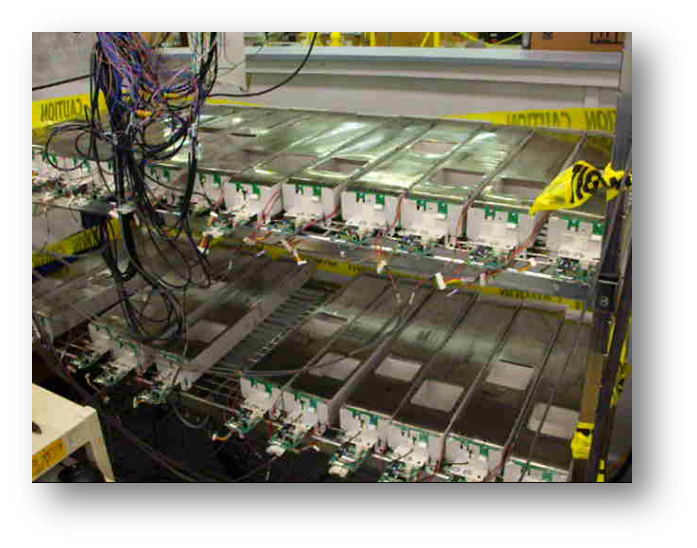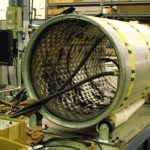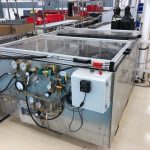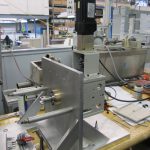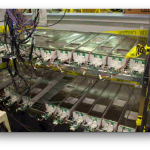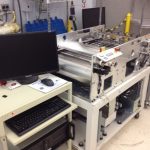Life cycle testing, sometimes known as durability testing, reliability testing, or accelerated life cycle testing, is a method of product testing that simulates the life of the product in a dramatically shortened period of time.
When you partner with PEKO to develop a new product in the machinery, equipment, or hardware category, we perform life cycle testing in-house as part of our vertically integrated contract manufacturing services.
Our mechanical and electrical engineers work together to develop these techniques to test assemblies, sub-assemblies, and top-level hardware. The information obtained from these tests can be used to qualify designs, materials, and components.
What is Life Cycle Testing?
Life cycle testing is a process that applies mechanical and/or controls functions to a tested unit in a controlled manner over a prescribed duration or repetition. During this period, the units are observed for strengths, weaknesses, and failures.
The information gathered during these tests can impact the design so that the manufacturer can optimize it for reliability, expected life, durability, or other conditions. Oftentimes, due to the number of cycles, multiple units must be tested at a higher than intended use rate.
The equipment used in lifecycle testing is typically a custom fixture, cycle testing machine, or rig. Our engineering and manufacturing teams have the capabilities to design and fabricate such fixtures in-house. Oftentimes they incorporate sensors, PLCs, visual systems, or other automated monitoring equipment. Most tests are run in thousands of cycles so they are unattended by staff so the data must be captured digitally.
What Are the Benefits?
There are many benefits to a thorough product life cycle testing protocol when applied to machinery, equipment, and hardware. Electrical or mechanical cycle testing may provide some of the most common benefits.
- Reliability – the manufacturer can understand the probability at which the unit will perform its intended function for a given duration.
- Durability – the ability for the unit to remain functional before maintenance is required.
- Strengths – identify which components and features lasted the entirety of the tests and how to proceed.
- Weaknesses – identify which areas of the hardware did not perform as expected or created turbulence in the system and how to proceed.
- Failures – identify which areas of the hardware failed, why they failed, and at which point in the test.
- Function – verify the unit performs as designed for the duration of the product life cycle testing.
- Accelerated Testing – understanding long-term effects in a shortened duration.
- Feedback – the feedback from the other benefits creates a closed-loop system for product reliability improvements.
For more information about our new product introduction (NPI) and development capabilities, visit our capabilities page.
